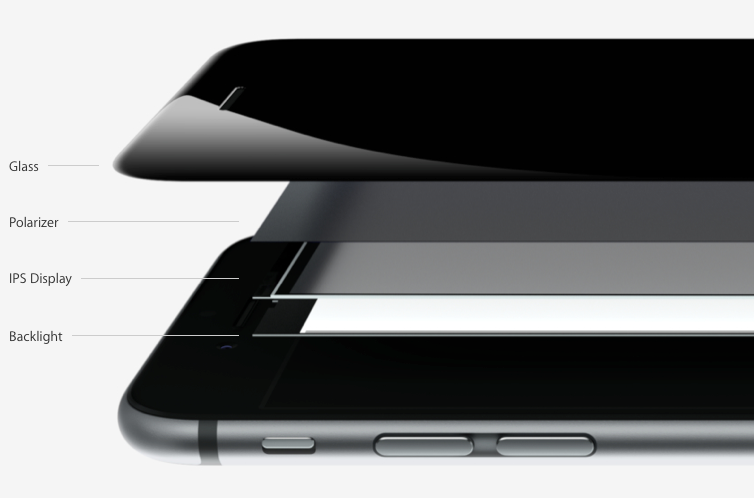In addition to LG Display and Samsung’s mobile display arm, both of which are now pouring significant resources into ramping up OLED panel production ahead of Apple’s switch from LCDs to OLEDs for iPhones, Japanese outlet Nikkei is reporting today that Sharp is expected to do the same before 2018.
Apple is widely expected to make a switch to OLED screens in time for a tenth anniversary iPhone, due in 2017.
Sharp was acquired in March 2016 by iPhone manufacturer Foxconn, paying a reported $3.5 billion to take control of the struggling Japanese giant.
Foxconn says the deal will improve its position in the technology value chain. It has plans to expand Sharp’s production capacity and invest in the production of OLED (organic light-emitting diode) screens, most likely for future iOS devices.
“We will be ready before 2018 and ship OLED panels to customers,” Foxconn chairman Terry Gou told reporters after the annual shareholders meeting on Wednesday, but refused to say whether the panels are headed for a future iPhone.
Noting that Samsung and LG are currently the only two companies in the world that can churn out OLED panels in mass quantities, the publication writes that Apple has reportedly agreed to receive OLED panels from Samsung from 2017.
Although Apple’s products use traditional TFT-LCD panels, the Cupertino firm has adopted flexible OLED panels for its wearable device because OLED technology requires a fraction of the power versus its LCD counterpart. Flexible OLEDs are also used in Samsung’s Galaxy S6 edge and Galaxy S7 edge handsets, which have curved screens.
Speaking of which, Taiwanese trade publication DigiTimes said today Apple could be making another switch to power-sipping micro-LED panels for a 2017 Apple Watch refresh. Last year, the iPhone maker set up a facility in northern Taiwan to research micro-LEDs. Its interest in the technology first came to light after acquiring US-based micro-LED developer LuxVue Technology in May 2014.
Source: Nikkei
